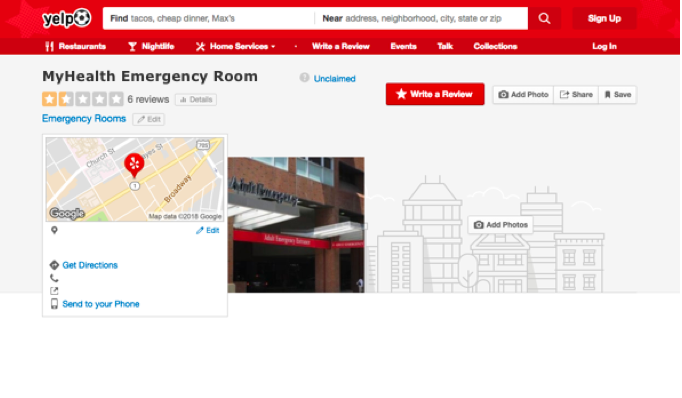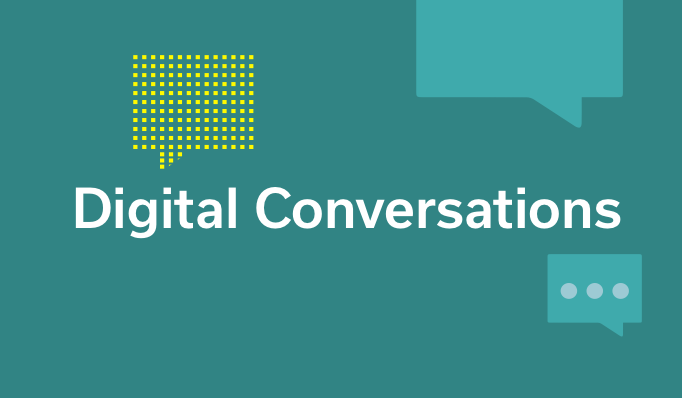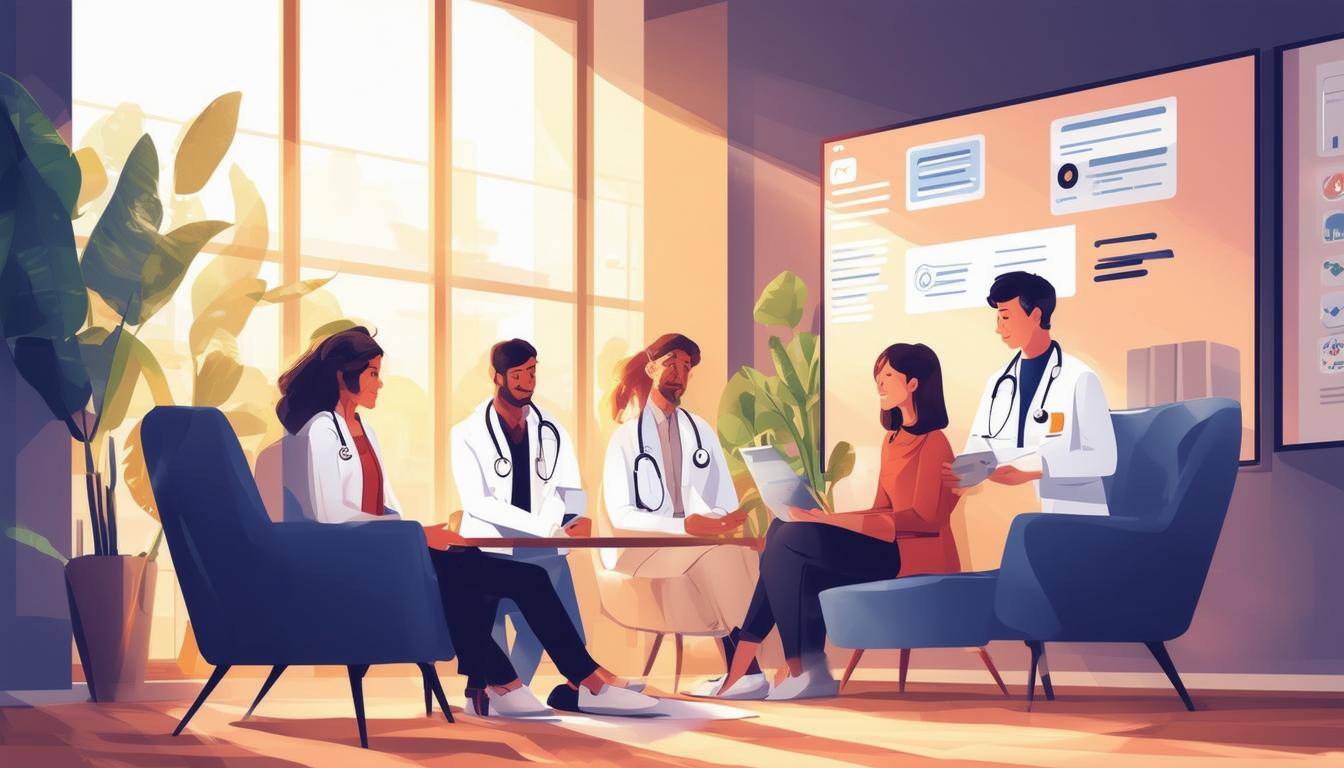Crowdsourced online review sites like Yelp, TripAdvisor, and Glassdoor have created powerful platforms for consumers to share information about their experience with other consumers. It’s changed the way we interact with the businesses and services in our lives. We’re more willing to try a hole-in-the-wall restaurant with stellar Yelp ratings, we’ll avoid the cruise operators that hijack our wallets with high drink prices, and we’ll seek employment at companies with positive peer reviews of office culture (donuts on Fridays!).
Until recently, healthcare was shrouded from the fickle world of consumer expectations by high information asymmetry. However, the explosion of online health information has transformed us from passive consumers of care services to active purchasers making empowered purchase decisions.
So how do we feel about the care we’re getting? What can we learn from the complaints, suggestions, and accolades that consumers like us are leaving on online review sites? To find out, we collected and analyzed a set of 800+ Yelp reviews across a set of 40 random hospitals across the US. The results are fascinating.
The bottom line: clinical care is better than ever, but customer service leaves much to be desired. Patients rarely take issue with their diagnosis or treatment, but complaints about wait times, rude staff, lack of information, and facilities issues are rampant. Poor customer service also has a disproportionately negative impact on provider brand quality: reviewers are often writing on behalf of family or friends, and they’re far more likely to leave bad reviews than passive or promotional ones. One isolated incident of a patient forgotten in the waiting room can send shockwaves of poor brand perception through a community, starting with the patient and rippling out to friends, family, and large populations of online consumers. The average hospital Yelp rating — 1.8 out of 5 stars — trails almost every other service industry. It is, quite literally, about as bad as it gets.
Nowhere is the pain felt more than in the Emergency Room. Our Yelp review assessment discovered that emergency patients are 33% more likely to leave poor reviews than the general outpatient or inpatient population, and they also do so at almost twice the rate of any other patient population. Complaints center on long wait times (both in the waiting room and while roomed), lack of visibility into care status, and limited facetime with nurses and care team staff. They often denote that the reviewer plans to never return to the hospital in question.
Emergency patients are 33% more likely to leave poor reviews than the general outpatient or inpatient population.
How can hospitals address service gaps in the Emergency Room and beyond? Providing a premium concierge experience that is more like the Ritz Carlton than the DMV demands a new and novel patient engagement paradigm. According to HIT Consultant, 89% of hospitals have made significant investments in digital engagement tools, but doubling down on existing strategies — patient portals, mobile apps, websites — won’t deliver the anticipatory consumer interface that can scale across thousands of unique patients and their needs. Attempting to create a personalized experience in channels that are inherently one-size-fits-all will only lead to feature bloat and poor usability.
Hospitals must look to adjacent service industries with proven consumer engagement expertise for inspiration. What the leaders in these industries are doing now is flipping the formula. Instead of luring consumers to them — to their corporate web sites, to their proprietary apps and portals, to their call centers — these leaders are going to their consumer customers. They’re meeting consumers where they are. And that’s on their mobile phones, with fast, easy, and natural chat-based digital conversations. Hundreds of leading businesses like Kayak, American Express, and Sephora are forging a path to smart, automated conversational engagement, delivered through existing chat channels like SMS, iMessage, and Facebook Messenger. Message-based interaction allows them to meet customers where they are with intuitive, low-friction services that require no learning.
Personalized mobile conversations can extend and complement the investments that healthcare systems have made in patient portals and mobile apps by linking them more closely to patients’ digital channels of choice. By harnessing the power of AI and chatbot technology, health systems can also establish the high-touch, white glove experience that today’s consumers expect and demand.
Understanding the patient experience in any given procedure or service line through the lens of experiential patient testimonies is crucial. When done at scale, across broad swaths of the patient population, it allows us to distill actionable insights into consumers’ biggest frustrations, complaints, and suggestions. Provider systems that are able to harness the closed loop system of real-time patient feedback will be well-positioned to deliver a high touch, premium customer service experience. But they are going to have to take a page out of the playbook of the very best consumer service companies, and move very quickly to adapt — or be left behind.








